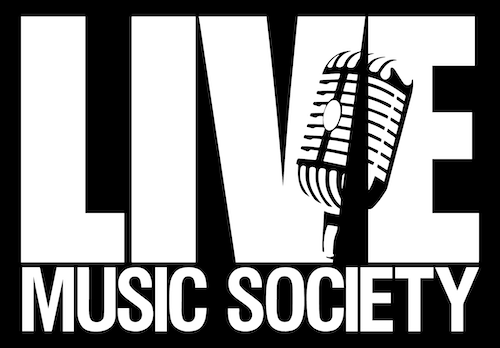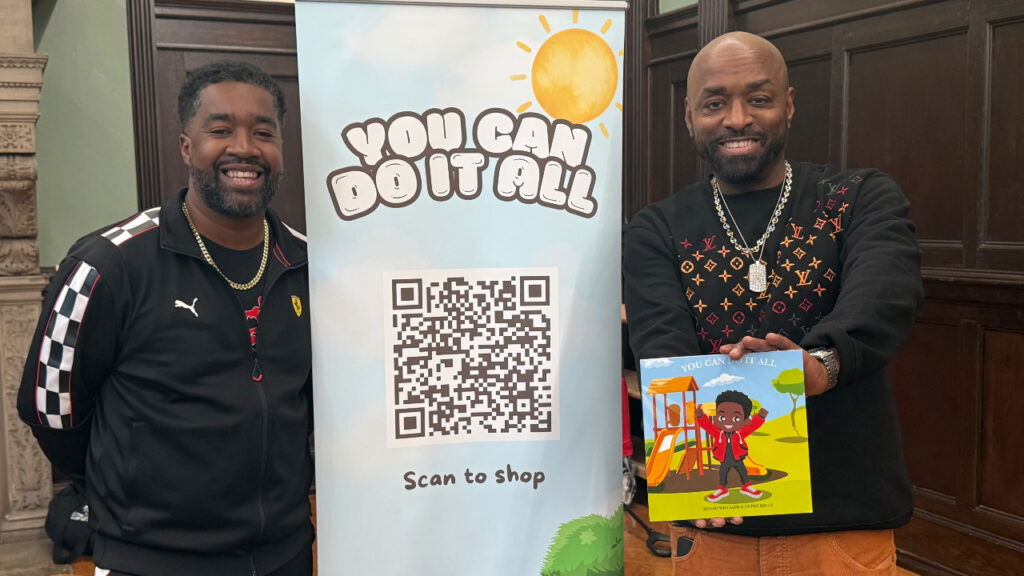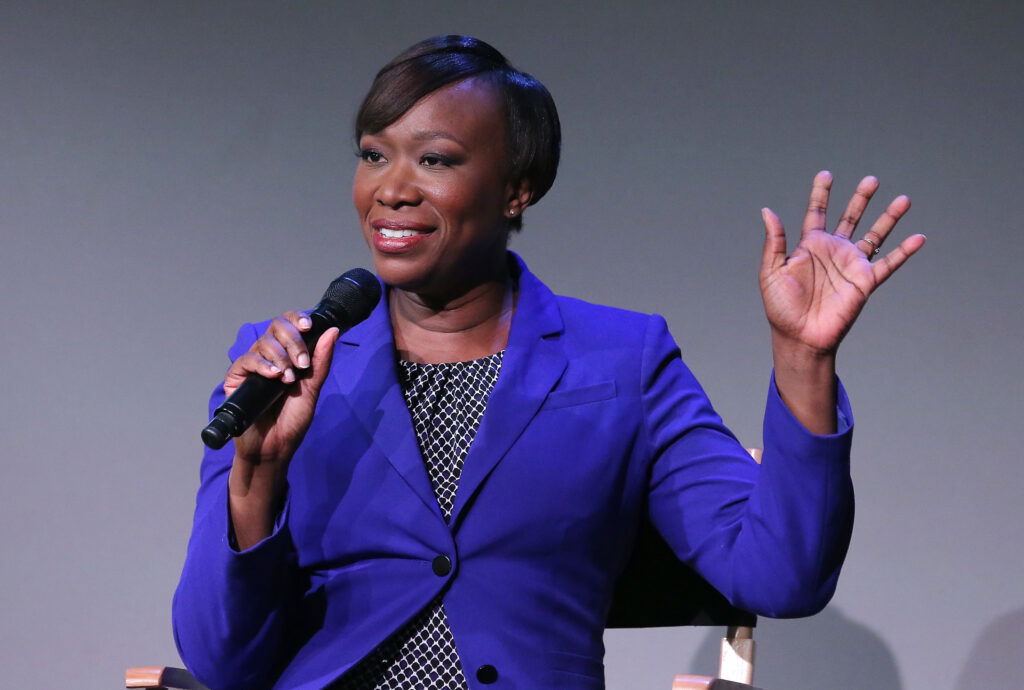It’s a good time to be a fan of live music.
Still riding a post-COVID surge in concert touring, there’s more per-capita music to experience in the U.S. than ever before—and the shows themselves have never been more extravagant. Superstars like Taylor Swift and Beyoncé pepper headlines with record-smashing sold-out spectacles that have turned into something more than a simple night of music. But as with any ecosystem, it’s not just the top of the food chain that counts.
The live music industry features layers of venues big and small—from massive sports stadiums all the way down to record-shop basements and converted church sanctuaries— and each one plays a role. Unfortunately, the good times in live music’s upper echelons don’t always trickle down to the local level, and lately, it has proven harder than ever for small music venues to survive. That’s where the Live Music Society comes in.
Keeping the music alive
Based in New York City and founded by Pete Muller, a lifelong musician-turned-businessman who never forgot the soul-feeding thrill of performance, Live Music Society is a nonprofit helping empower small music venues all across the nation—recognizing the outsized influence of often-tiny stages and working to ensure they stick around. It’s a music mission that may seem trivial at first, but is actually anything but.

“We’re passionate about the power of live music to bring people together and support thriving communities,” explains Live Music Society executive director Cat Henry. “We started looking at the trends in live music toward corporate takeover and seeing that the place for smaller venues was endangered; we wanted to come together to try and highlight the role that small venues play in the music ecosystem.”
According to Henry (and countless others), that role is more vital than you may think—both to the music fans love and the places they live.
Supporting the bedrock of the music industry
Defining small venues as places hosting live music with capacities between 50 and 300 people, these venues have multiple important functions. First, they allow musicians and aspiring stars to get their start, grow their audience and hone their craft, and without them, touring on a grassroots level would not be possible. This is the most common route for artists to mature, so even if you only buy tickets to major festivals or stadium concerts, it’s the small venue putting in the legwork to make those possible. Superstars don’t just arrive on the scene fully formed, after all.
“We’re looking at places that are really the bedrock of the music industry,” Henry notes.
But, meanwhile, small venues also stitch communities together, often injecting otherwise disconnected neighborhoods with a sense of belonging—and commerce. Things like open mic sessions get local residents involved, and when people from outside the area arrive for a show, they use transportation services, visit restaurants and stay in hotels. Above all, small venues offer people places to gather, which is much needed in a digital age.
“Live music is the new church it seems,” Henry remarks. “Small venues are crucial musical incubators and an essential part of the cultural fabric of their communities.… We find that the more successful ones are often giving back to the community. They’re sponsoring other things. They’re very deeply ingrained in the way that communities can thrive.”
But even so, it’s becoming harder to do. Gentrifying neighborhoods often push small venues out as rents rise. And massive corporations like Live Nation have famously taken over much of the landscape, removing some of the independent charms and quirks of venues run for the love of the jam.
Nurturing talent and building communities
Seeing the need, Muller began putting Live Music Society together in 2019, and when the pandemic shut concerts down in 2020, they stepped in to help. Initially, the nonprofit provided funding to get small venues through those lean times, but they have now shifted to a more long-term goal. Muller still tours as a singer-songwriter today (his sixth solo album More Time is out now), and he has seen firsthand how small venues struggle. That has knock-on effects to aspiring artists and communities alike.
“A lot of these venues are living hand to mouth, so it’s harder for them to take chances,” Muller says. “We want to make that easier.”
“Working with emerging artists whose talent can often exceed their fame, you need an appetite for risk,” Henry adds. “But you can only take that artistic risk if it doesn’t also involve a business risk. The margins are so small at this level that opportunities for new, younger artists who haven’t built their fan base yet are being diminished.”
Live Music Society provides direct funding via grants
There are multiple organizations helping venues. What makes Live Music Society different is the direct funding it provides through grants, removing some of the risk. Since it started making grants in 2020, the foundation has given $3 million to 143 small music venues in the U.S. and, on May 15, announced another round of funding.

Two grants currently help Live Music Society do this work, empowering and supporting the building blocks of a healthy music ecosystem. Their Music in Action grant offers a max of $50,000 to fund programs aimed at community engagement and accessibility, with a special focus on inclusivity. Seventeen venues received a total of $500,000 in 2023 (the first year of the grant), allowing them to start new initiatives that increase musical diversity and hopefully drive attendance. Meanwhile, the Toolbox grant offers cash for more practical projects, like installing wheelchair ramps, new lighting systems, point-of-sale equipment and livestreaming capabilities. Forty-three venues received a total of over $300,000 for such needs last year, helping set them up for continued growth.
Importantly, the grantees are selected by an independent jury, with money going everywhere from the Happy Dog in Cleveland, Ohio, for an underground hip-hop series to other nonprofits like Elastic Arts in Chicago. But often, the grants find their way to out-of-the-way venues beyond the major markets, and one of those venues is The Stone Church in Brattleboro, Vermont.
A converted church to gather and rejoice in music
Tucked into the rural southeast corner of “The Green Mountain State,” the Stone Church is a converted Unitarian church owned and run by Robin Johnson, which holds just about 300 people. Hosting 150 shows a year, Johnson and his small team book everything from punk and metal bands to DJs and classic “listening-room stuff,” offering a crucial waypoint for touring acts and a leg up for local artists.
The venue itself is uniquely beautiful—an ornate slice of historic Americana that would otherwise be an unloved office space or abandoned hulk of granite—and Johnson says it hasn’t been a church since 1970. He took it over in 2016 and gave it new life, one remarkably similar to its original function as a place for people to gather and rejoice. It’s now a beloved part of the community, bringing people in from miles around.
“I think anywhere they happen to be, small venues are important in that in-between role— we’re nurturing bands coming up, as well as getting touring bands coming through,” Johnson says. “Probably between 70% and 80% of our traffic is coming from outside of the county, and when we have shows, it’s like a different vibe. There’s a lot more people on the street. There are people going to restaurants, staying in hotels.”
Johnson says it’s been harder since COVID-19, even as more people return to live music concerts.
“People are spending their money more on familiar things, bigger names and things that they know,” he explains. “So it’s even harder to get people to come out for these new bands, even though there’s so much good music.”
Empowering women in music
With that in mind, the Stone Church is working on building trust through interesting, quality-first bookings, and one idea is their GRRRLS to the Front program. Highlighting women and nonbinary artists, the program started pre-pandemic as a benefit for the local nonprofit Women’s Freedom Center but soon grew. After last year’s Music in Action grant from Live Music Society, the one-day event transformed into a month-long celebration of Women’s History Month in March, featuring not just female- and nonbinary-fronted shows, but also classes for women interested in live-music production.
Johnson says 40 people signed up for the classes, and the grant money was used to offset additional staffing and booking costs, along with some new equipment. Eventually, he hopes to be able to hire some of the women trained through the course, making it a sort of workforce development program.
“It’s an opportunity some women would never have considered,” Henry of the Live Music Society says. “It’s been really interesting to see how successful it’s been and how much they’re learning through doing these first few programs.”
Alleviating financial pressure for deserving entrepreneurs
Henry goes on to reiterate these grants are not handouts. They’re intended to allow deserving entrepreneurs to do creative things with real-world benefits—just without so much financial pressure.
“We’re looking at venues who are doing things well; they are already connected to their communities. They have ambitions to do more and we are helping them,” she says. “We’ve also seen [the venues] have been able to leverage our grants to get other grants… it’s a kind of stamp of approval in some respects that we recognize them as doing something really wonderful and that they can take to their local community.”
“There’s no way we would’ve tried to do all this stuff [without Live Music Society’s help],” says Johnson. “I think they’re out there more than any other organization, just constantly coming up with new grants… and helping us to actually get the funds.”
Supporting Creative Ambitions
This year’s round of funding was announced on May 15, with 24 venues set to receive $710,000 in total through the Music in Action grant, and additional funds are slated for Toolbox grants as well. But, according to Henry, the mission continues to evolve.
“We’ll hit about a million dollars in grant making this year,” she says. “And because this is the second cohort of our grantees, we’re taking the opportunity to bring everyone together on June 6 in New Orleans to have a summit and talk about ‘Is this what they need? Is this the right thing? How can they learn from each other?’”
Overall, Johnson says operators like himself are happy to have believers in their corner, but they do wish the help didn’t have to come from good Samaritans like the board of Live Music Society. He’d like to see small venues better recognized for the societal good they do, and there are examples of funding legislation in the works. States like Texas have experimented with tax rebates to help fund local music economies (Texas Music Incubator Rebate Program), and an advocacy group in the U.K. is lobbying for a small levee on every large-venue ticket sold in the country, with proceeds passed down to local-level venues.
Shining a spotlight on smaller venues in the big picture

According to a recent report in The Guardian, the U.K. lost 125 small venues in 2023, or about 16% of the total, even while big-ticket concerts boomed. In calling for the £1 ($1.27 USD) levee measure, advocates showed a recent lineup for a huge music festival filled with superstar artists, and then removed everyone who got their start playing small venues. Only five acts were left, illustrating the importance of smaller venues in the music landscape.
Ultimately, Johnson, Henry and others like them hope to show that what’s good for small venues is good for the music industry, good for the broader economy and actually good for everyone.
“I think we will continue to advocate for [small venues’] existence because with gentrification and corporatization, they are endangered,” Henry notes. “We’re going to advocate for the fact that having a venue in a neighborhood makes the neighborhood better.… It’s an economic vitality that needs to be protected. And for communities to be able to leave your ideological differences at the door and go experience something that is quintessentially American.”
“Everybody wins,” Johnson says.
Photo by Rawpixel.com/Shutterstock




